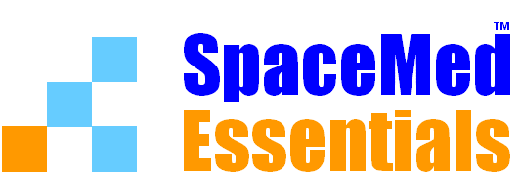After years of adding everything from beauty products to snack foods, pharmacies have a new revenue source. Pharmacists are being asked ― and paid by insurance companies ― to monitor their customer’s health. That could include counseling them on chronic diseases, making sure they are taking their medications, and screening for everything from diabetes to high cholesterol. Although pharmacists have been doing more than dispensing pills over the past decade, this is the first time many have been able to offer such a wide range of medical services. This is due to changes in the way that pharmacists are educated along with legislative changes that have cleared the way for an expanded role.
Other Clinical Services
The Death of the Hospital Autopsy
Autopsies ― sometimes called the ultimate medical audit ― were an integral part of American healthcare a half-century ago and were performed on roughly half of all patients who died in hospitals. Up until 1971, the Joint Commission required that community hospitals perform autopsies on 20 percent of inpatient deaths, increasing to 25 percent for teaching facilities, as part of earning accreditation. Although hospitals are still required to develop criteria for autopsies, and should “attempt to secure autopsies in all case of unusual death” and in cases of “medical, legal, educational interest,” it is rare today when a hospital has an autopsy rate of more than 5% for nonforensic deaths according to data from the Centers for Disease Control and Prevention. Some pathology experts say it is usually only about 1%.
Vascular Centers Are Addressing an Unmet Demand
Historically, hospitals have focused on growing their cardiology programs and services that treat atherosclerosis, or hardening of the arteries, and other heart conditions. However, it is becoming increasingly evident that programs to address systemic vascular disease ― cerebrovascular, carotid, aortic, and peripheral vascular are needed to address a growing and unmet need. The National Institutes of Health (NIH) reports that non-coronary vascular stenosis and arterial breakdown is a prevalent disease in the United States. Up to 12 million people are estimated to have peripheral arterial disease (PAD) compared to the same number (12 to 13 million) with coronary artery disease (CAD). With the emphases on CAD as a serious health problem in the U.S., vascular disease is more often under-diagnosed and as a result is frequently under-treated.
Hospital Laboratories Face New Organizational Models
The practice of laboratory medicine continues to experience revolutionary change as a result of consolidation, an increasing number of “waived” tests, and changing medical practices. These factors have already had a significant impact on hospital-based laboratories and will continue to affect their operations over the next decade.
Pharmacy Automation Used Throughout the Healthcare Facility
Pharmacy automation is becoming commonplace in many healthcare facilities including point-of-care medication dispensing devices located on nursing units Pyxis Machineand in other acute care areas, controlled substance dispensing and tracking systems, centralized robotic dispensing devices, and similar devices to support ambulatory care.
Robotic Pharmacy Aims to Improve Safety
 As one of the nation’s most automated hospital pharmacies, the University of California San Francisco (UCSF) is using robotic technology and electronics with the goal of improving patient safety. Once computers at the pharmacy electronically receive medication orders from UCSF physicians and pharmacists, the robots pick, package, and dispense individual doses of pills. Machines assemble doses onto a thin plastic ring that contains all the medications for a patient for a 12-hour period, which is barcoded. Nurses use barcode readers to scan the medication at patients’ bedsides, verifying it is the correct dosage for the patient. The automated system also compounds sterile preparations of chemotherapy and non-chemotherapy doses and fills IV syringes or bags with the medications.
As one of the nation’s most automated hospital pharmacies, the University of California San Francisco (UCSF) is using robotic technology and electronics with the goal of improving patient safety. Once computers at the pharmacy electronically receive medication orders from UCSF physicians and pharmacists, the robots pick, package, and dispense individual doses of pills. Machines assemble doses onto a thin plastic ring that contains all the medications for a patient for a 12-hour period, which is barcoded. Nurses use barcode readers to scan the medication at patients’ bedsides, verifying it is the correct dosage for the patient. The automated system also compounds sterile preparations of chemotherapy and non-chemotherapy doses and fills IV syringes or bags with the medications.
